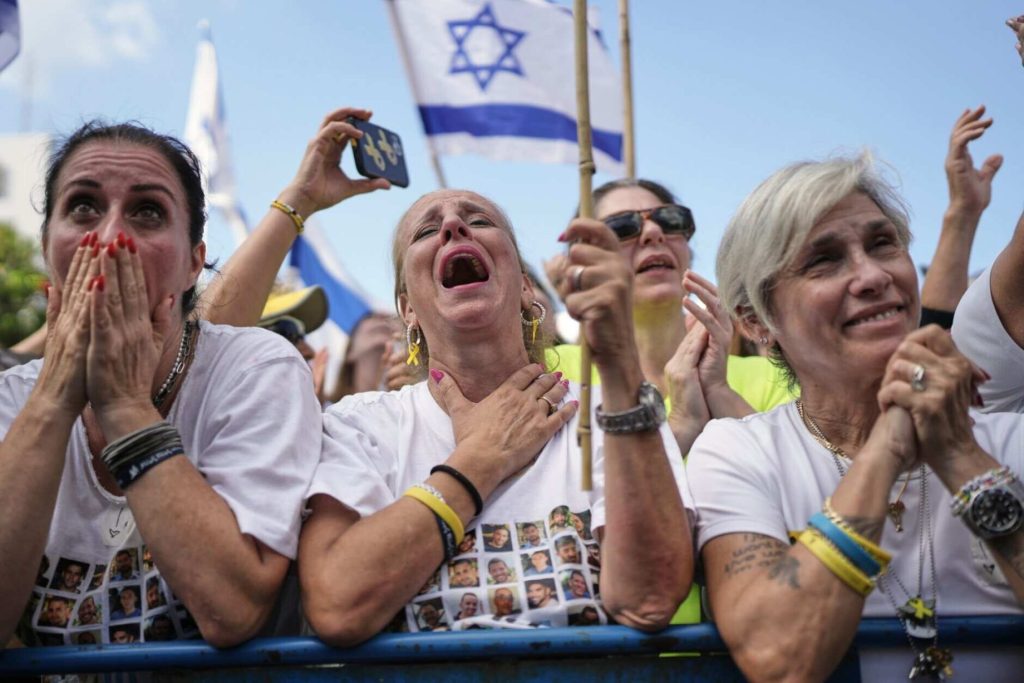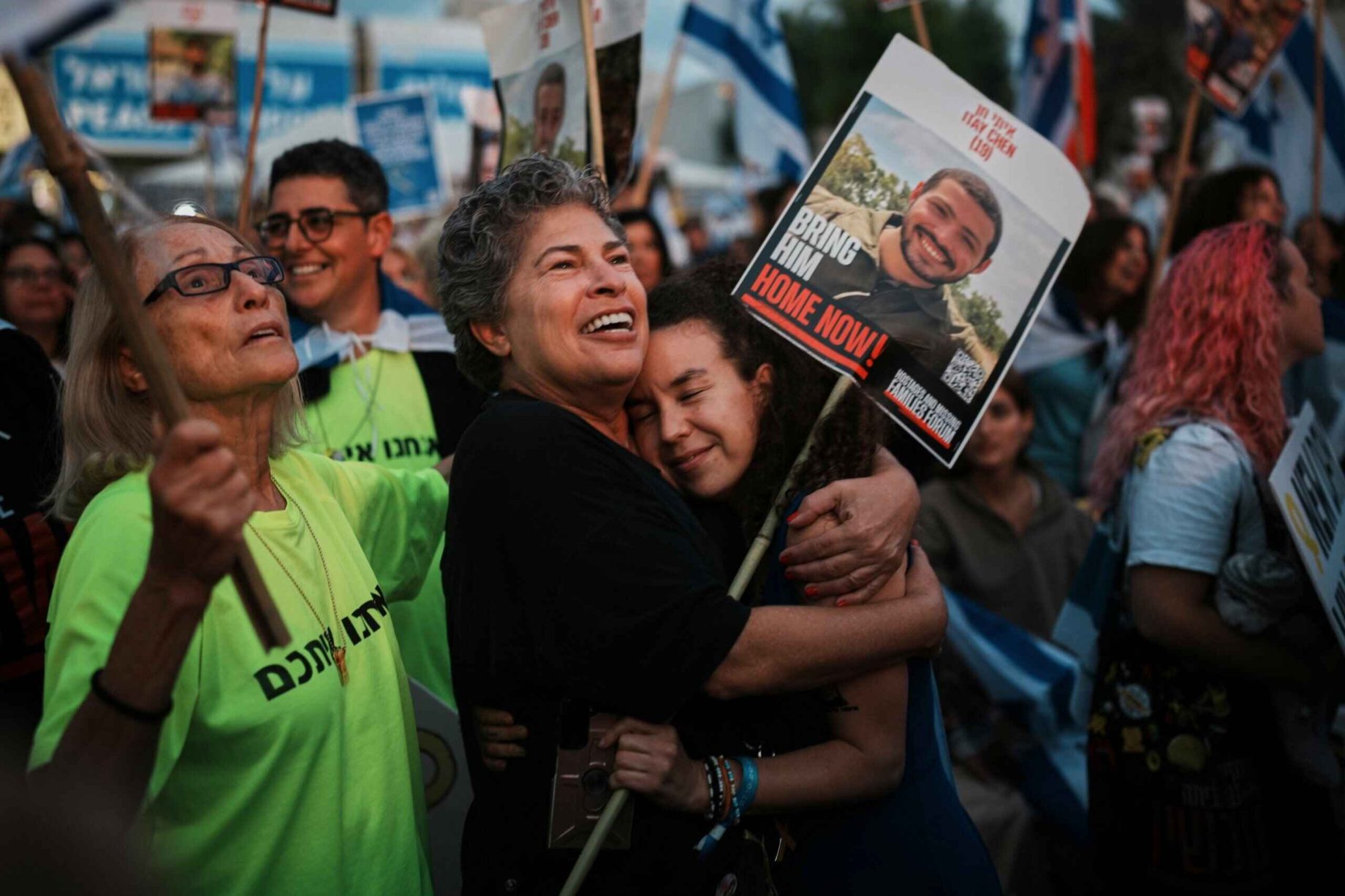A significant prisoner exchange between Israel and Palestinian groups has taken place, marking an important milestone in efforts to end the two-year Gaza conflict.
As part of a U.S.-brokered ceasefire, Hamas released all surviving Israeli hostages held in Gaza, while Israel freed nearly 2,000 Palestinian detainees, many held without charge or serving long sentences.
Israeli families rejoiced at the return of their loved ones, while the freed Palestinians were warmly welcomed by cheering crowds upon their arrival in Gaza and the West Bank. Despite celebrations, serious challenges remain, including the unresolved status of around two dozen deceased Israeli captives whose remains have yet to be returned.
U.S. President Donald Trump called the occasion a “historic dawn in a new Middle East” during his visit, followed by a summit in Egypt attended by over 20 world leaders. There, the U.S., Egypt, Qatar, and Turkey signed a declaration underpinning the fragile ceasefire.

Key obstacles lie ahead in advancing Trump’s peace plan, including debates over Israeli troop withdrawal, Hamas disarmament, and Gaza’s governance. Hamas insists on disarming only after a Palestinian state is established, rejecting foreign control, while Israel resists Palestinian Authority involvement in Gaza.
The U.S. aims to oversee transitional governance before transferring authority to a reformed Palestinian administration.
The conflict began in October 2023 with a Hamas attack killing 1,200 Israelis and taking hostages. Israeli military operations since have resulted in over 67,000 Palestinian deaths, and the UN reports more than 90% of Gaza’s residential buildings are destroyed.
While the prisoner swap and ceasefire offer a fragile glimmer of hope, the path to lasting peace depends on overcoming deeply rooted political disputes and ensuring humanitarian aid amid ongoing tension.

